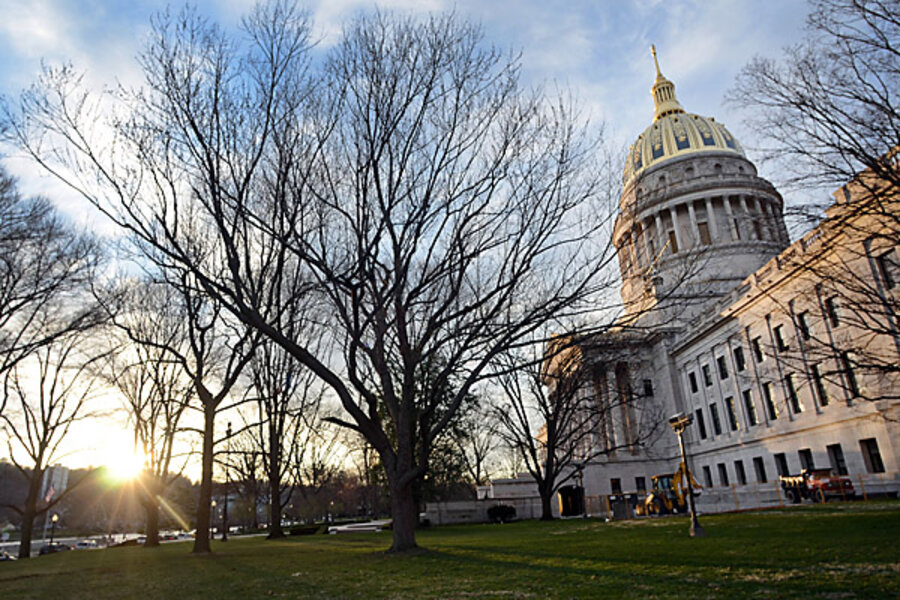Any difference between tax breaks and spending programs?
Loading...
As regular readers may recall, I believe that many tax preferences — but not all — resemble spending programs run through the tax code. The tax exemption for municipal debt, for example, essentially taxes investors (who get lower interest rates than they could from other taxable investments) and gives the money to state and local governments (who pay lower interest rates than they otherwise would). It’s effectively taxing and spending, except the money never reaches Washington.*
As my colleague Bob Williams notes over at TaxVox, that perspective took a legal hit the other day when the Supreme Court ruled that state tax breaks are fundamentally different from spending programs, at least for purposes of legal standing:
In 1968, the Court ruled that citizens may sue to stop the government from spending that violates the Constitution, in the specific case supporting religious activity (Flast v. Cohen). Citizens had standing to sue, the Court concluded, because the challenged spending directly affected taxpayers who fund government programs.
The current case, Arizona Christian School Tuition Organization v. Winn et al., involves not direct government spending on an unconstitutional activity but rather a tax credit that serves the same purpose as a spending program. Arizona allows taxpayers to claim a non-refundable credit of $500 a year ($1,000 for couples) for donations to qualified school tuition organizations (STOs), which then use the funds to support tuition payments to private schools. The original suit claimed that STOs violated the First Amendment’s prohibition of government activities promoting the “establishment of religion” because tuition payments could go to parochial schools.
In a 5-4 decision, the Court ruled that the challenged tax credit was not government spending and therefore the claimants lacked the standing to sue allowed in Flast. Unlike spending, the majority argued, tax expenditures do not necessarily affect the tax bills of others; that is, the government won’t necessarily raise taxes to cover the revenue cost of a tax credit. In fact, the opinion claimed, “the purpose of many governmental … tax benefits is ‘to spur economic activity, which in turn increases government revenues.’” And further, private school tuition assistance might induce some students to switch from public to private schools, thus reducing government costs. Since tax expenditures thus don’t necessarily harm taxpayers, they have no right to sue.
As Bob notes, several of those arguments seem rather weak, particularly since spending programs can also “spur economic activity” or induce students to change schools.
You can find Justice Kennedy’s decision (joined by Roberts, Scalia, Thomas, and Alito), Justice Scalia’s concurrence (joined by Thomas), and Justice Kagan’s dissent (joined by Ginsburg, Breyer, and Sotomayor) here.
* High-income taxpayers also get some benefit from the exemption. I haven’t looked at the specifics recently, but for some testimony I gave back in 2006, my CBO colleagues estimated that the breakdown was about 20% benefit to high-income taxpayers, 80% benefit to states and localities.
Add/view comments on this post.
------------------------------
The Christian Science Monitor has assembled a diverse group of the best economy-related bloggers out there. Our guest bloggers are not employed or directed by the Monitor and the views expressed are the bloggers' own, as is responsibility for the content of their blogs. To contact us about a blogger, click here. To add or view a comment on a guest blog, please go to the blogger's own site by clicking on the link above.





